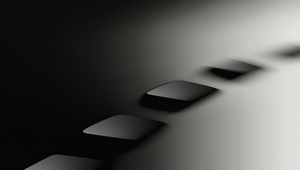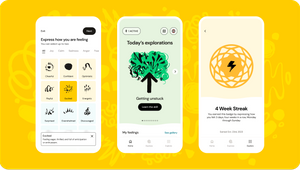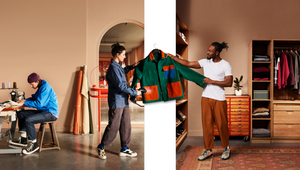
From Chaos to Connection: Reimagining the Travel Experience

Travel planning in 2025 is still exhausting. Most trips are stitched together with stress tabs, screenshots, group chats, and notes scattered across devices. It’s clunky, chaotic, and often more draining than the trip itself.
And when the trip begins, the experience rarely improves. Travellers land in new environments only to remain locked into screens - searching, translating, coordinating. The senses dull. Presence is lost. We meet content, not place.
This is the real issue: we’ve made travel functional, not emotional. Everything is optimised and nothing is felt.
AI promises a breakthrough, but only if the systems behind it are ready. That means being:
- Queryable: Information must be structured and retrievable in real time.
- Credible: Content needs to be accurate, trusted, and live.
- Composable: Digital assets should be modular, so experiences adapt to each traveler in the moment.
But speed and automation aren’t enough. The real opportunity is in designing for meaning; experiences that awaken the senses, inspire presence and create emotional clarity.
Take the Louvre Abu Dhabi. Imagine standing in front of La Belle Ferronnière. For a seven-year-old, it’s a bedtime mystery, full of voice, color, and wonder. For a teenager, it’s about identity and technique. For a 21-year-old, it’s politics, beauty and power. Same painting. Different journeys. These aren’t features - they’re memories. And they’re what turn visitors into fans.
That’s what the next era of destination marketing demands: less noise, more connection. Less content, more context. Less distraction, more presence.
At Create., we design for that future:
- Visitor Experience (VX) Design: Journeys that integrate digital and physical touchpoints, guiding without overwhelming - before, during, and after the trip.
- Hyperlocal Content Systems: Culturally attuned storytelling, built with and for locals.
- Agentic Travel Infrastructure: Connected ecosystems that coordinate seamlessly, so travelers stay in the moment, not the interface.
The goal isn’t just to reduce friction. It’s to create feeling. Because when people feel something, they remember it. And when they remember it, they return.
Matthew Richardson is chief commercial officer and partner at Create.















